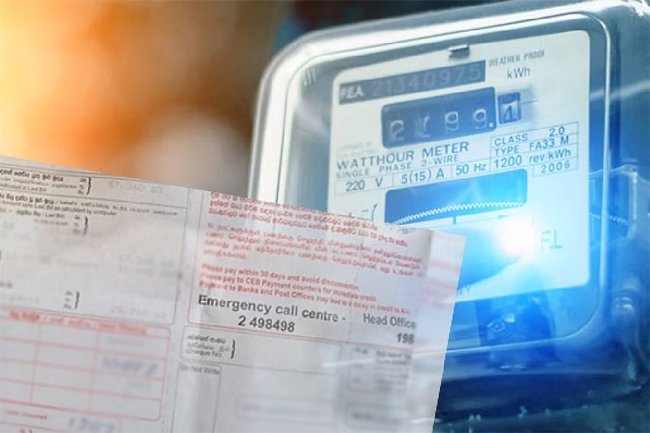In an ambitious move to elevate its export figures to a staggering $45 billion, the Sri Lankan government has announced its decision to reactivate the Export Development Council of Ministers (EDCM). This strategic initiative underscores the country’s commitment to enhancing its economic landscape and achieving significant growth in its export sector.
The Strategic Role of the EDCM in Boosting Sri Lanka’s Exports
Established under the Export Development Act No. 40 of 1979, the EDCM is a pivotal body chaired by the President of Sri Lanka. It includes ministers from essential sectors such as shipping, industries, agriculture, finance, and foreign affairs. The council’s main objective is to formulate and implement robust export development policies and programs, ensuring Sri Lanka’s competitive edge in the global market.
Mangala Wijesinghe, Chairman of the Export Development Board, confirmed that productive discussions with President Anura Kumara Dissanayake and other ministers have paved the way for the council’s imminent reconvening. The reactivation is aimed at providing the necessary strategic direction to meet the government’s comprehensive export targets, including the expansion of the tourism sector.
Historical Context and Recent Developments
The EDCM, vital in shaping the national export strategy, has been intermittently active since its last meeting in September 2020. Its revival is timely, as the government seeks to transition from exporting raw materials to more value-added products, thereby significantly increasing export revenues.
From January to October 2024, Sri Lanka reported a 7.04% increase in merchandise exports, totaling over $10.6 billion, and a 7.7% increase in services exports, reaching more than $2.8 billion. These statistics represent a solid performance improvement over the previous year, showcasing the resilience and innovative capabilities of the export sector.
Focusing on Key Growth Sectors

The EDCM’s renewed focus will be on pivotal sectors such as Information and Communication Technology (ICT), logistics, value-added manufacturing, and small and medium-sized enterprises (SMEs). These sectors are crucial for driving future economic growth and are expected to benefit significantly from the council’s expertise and strategic insights.
The ICT sector, with its over 85,000 skilled professionals, is recognized as a significant growth area. Enhanced cooperation with global agencies and an improvement in logistics capabilities, including advanced supply chain solutions, are expected to increase the sector’s export contributions substantially.
Looking Ahead: Projections and Strategic Goals
For 2024, the government projects $16.3 billion from merchandise exports with significant inputs from the apparel and textile industries, tea, rubber, and coconut-based products. The EDCM aims to support these industries while expanding exports in high-potential areas such as electronic components, petroleum products, spices, essential oils, and the gem and jewelry sector.
Chairman Wijesinghe expressed confidence that the reactivated EDCM would provide the leadership and support necessary for transforming Sri Lanka’s export landscape. By emphasizing strategic investment, value addition, and SME development, the government plans to solidify Sri Lanka’s reputation as a reliable global trading partner.
Conclusion: Strengthening Sri Lanka’s Global Trade Position
The strategic reactivation of the Export Development Council of Ministers marks a significant step towards revitalizing Sri Lanka’s economy and achieving long-term success in the global marketplace. Through targeted initiatives and a focus on strategic sectors, Sri Lanka aims not only to boost its economic performance but also to enhance its standing in international trade.














